Every once in a while, a packed lunch sounds like just the thing. Sometimes you get tired of constant takeout, or worse, whatever's been lurking in the office vending machine. Since packed lunches are cheaper, typically healthier, and you never have to worry about any mystery ingredients, why not make them more often?
You could just put anything together, but packing your lunch incorrectly might add more time to your already-packed schedule (pun intended!). But don't worry; in honor of this upcoming Pack Your Lunch Day (Mar. 10), we've got some tips to make take-home lunches your new favorite way to enjoy lunchtime!
1. Plan, Plan, Plan
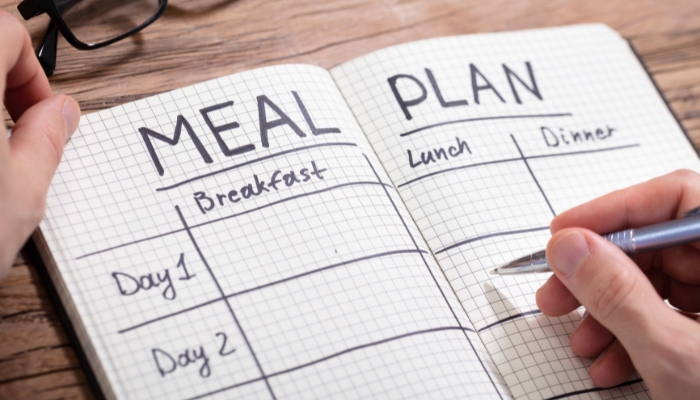
The first step to efficiently packing lunches is planning! Make a list of the foods you want to make for the week and see what ingredients you'll need or what times you'll use dinner leftovers as lunch. And don't forget to plan which food storage containers you'll use — it's best to have separate ones just for lunch!
In fact, if you buy multiple lunch box containers and bags ahead of time, it'll be much easier to prep ahead of time. And make sure you look for insulated containers and lunch boxes or see if they're made of metal or plastic to keep your food at a safe temperature.
Pro Tip: Keep all your lunch essentials organized in one spot so it's easy to find what you need!
2. Prep for the Week
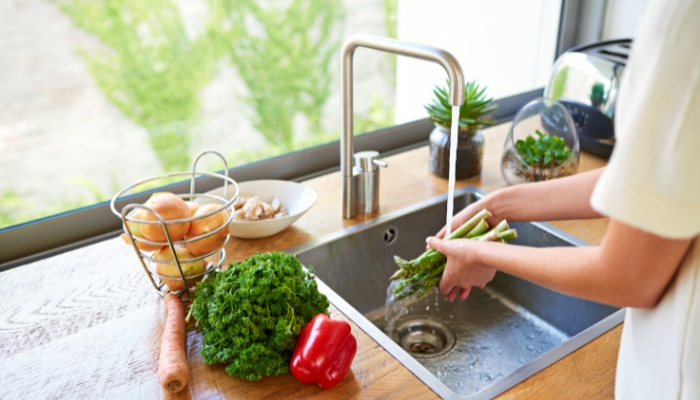
Once you have your plan for the week, it's time to start the prep. We recommend doing all your prep work on Sundays, so you can get the required shopping done and prepare everything while all your ingredients are still fresh. So, whether you're pre-washing all your produce, pre-cutting veggies and cheese, roasting ingredients, or doing any other cooking, it's best to do it all ahead of time.
However, for short-life items like guacamole or dressing, prep those the day of so they stay fresh!
Pro Tip: Label each food container with the date before putting it in the fridge, so you stay organized and know when the food is fresh!
3. The Freezer is Your Friend
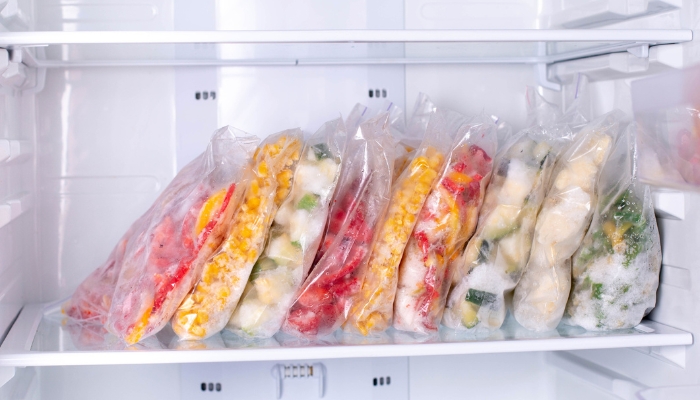
Speaking of prepping your meals, your freezer is your best friend when planning your lunches for the week. The key is freezing your food in single-serve portions, so all you have to do is take what you want out for the day and go.
This way, you can plan for filling lunches like lasagna, casserole, or even soups, without taking too much time out of your day. You can even keep foods like chicken nuggets, soups, or muffins in the freezer for up to a month — that's a lot of lunches! And if you want to avoid soggy and warm cheeses or other dairy products, freezing them is an excellent solution, as they'll thaw out by lunchtime!
Pro Tip: For more manageable lunch-size portions, bake meatloaf, mini quiches, spaghetti nests, carrot muffins, or even taco cups in a cupcake pan and put them in the freezer when they're done!
4. Leftovers for Lunch
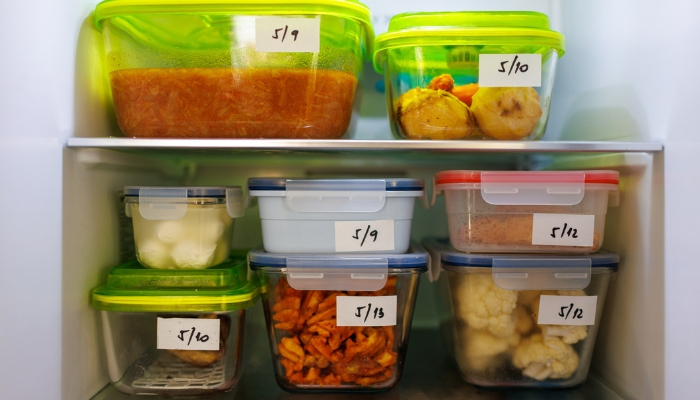
There's no doubt that dinner leftovers make for the easiest-packed lunches. This limits your need for excessive planning and frees up some of your time. So, whenever you're cooking dinner, consider doubling the recipe so you'll have lunch for the week, or if you're cleaning up dinner, pack your leftovers in lunch containers right then and there to save time!
And if you don't want to eat the same thing day after day, put some in the freezer (with precise dates!)!
Pro Tip: Leftovers are also an excellent way to get creative with food by repurposing them into something new!
5. Pack Everything Correctly
The other essential step in prepping your lunch is packing everything correctly. Every item needs different packing care; otherwise, you risk a soggy and squishy mess of mixed-up foods. For delicate items like muffins or hard-boiled eggs, put them in a sturdy container instead of a plastic bag to prevent them from being smashed.
Make sure you utilize suitable containers for your other items, like lunch box containers with layers or separate compartments that let you pack things separately. Plus, pack your drinks and short-life items last before leaving for the day.
6. A Space for Everything!
After the week's lunches are ready, it's time to put them all in the fridge. But first, make sure you have plenty of space. Keep a section of the fridge dedicated for lunches only so they're easy to grab in the morning. But if you find yourself constantly re-organizing to make room, you might need a second refrigerator or a compact fridge.
A smaller second refrigerator or freezer is super helpful in bulk-prepping or bulk-buying food. But a compact refrigerator will take up less space and make it easier for kiddos to grab their lunches on their way to school.
What's for lunch?
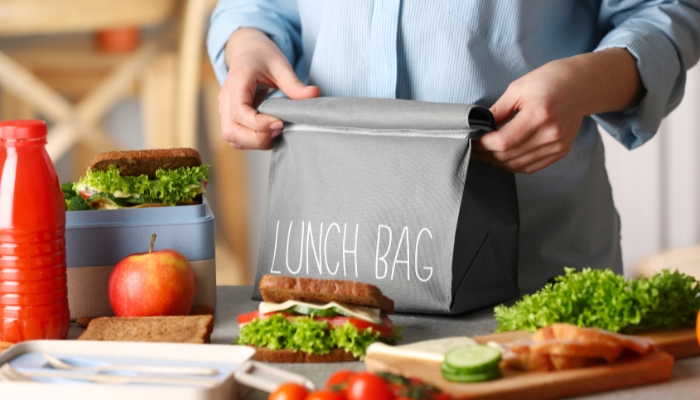
There you have it, the fundamental lunch packing tips to make every day more efficient and tasty! The key is in the ingredients and the depths of your fridge. But if you're refrigerator isn't up to the task, don't wait; check out our selection at !
And if you have questions, contact our team today!